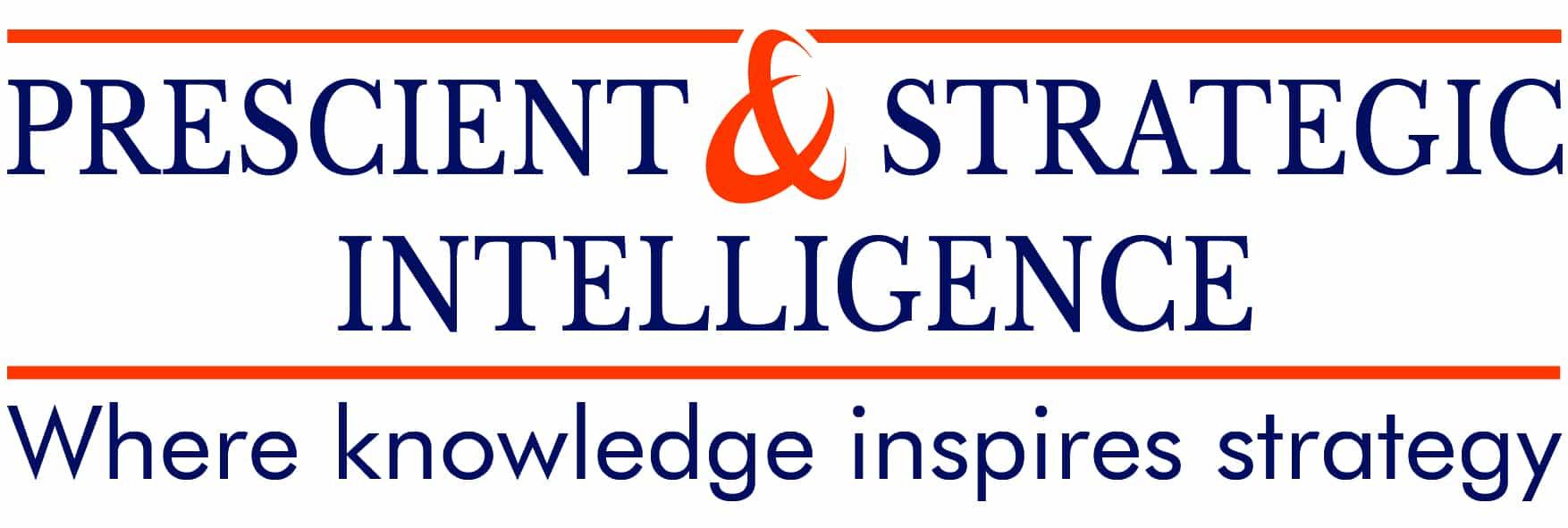Driven by the changing business dynamics, increasing demand for an optimized workforce and efficient hiring, shift toward data-driven decision making, and growing need for effective talent retention strategies, the HR analytics market will witness a CAGR of 15.6% during the forecast period of 2019–2024. At this rate of progression, the value of the market is expected to increase from $2,045.5 million in 2018 to $4,763.5 million by 2024.
This projected growth is primarily driven by the surging demand for workforce optimization across the globe. Workforce optimization helps in capturing performance data in a standardized structure, for better decision making, orienting skills and resources to a certain job and customer demand, and empowering the HR to track the contribution and performance of employees by identifying employees who are at risk of missing their service goals. All this ultimately helps companies drive production and remain profitable amid strong competition from other companies in their industry.
HR analytics is a popular technique that is being utilized for workforce optimization, by analyzing organizational data. These solutions provide HR professionals with an extensive understanding of the strengths and weaknesses of employees, the best way forward, and future shifts. These benefits help the HR in planning for an effective workforce, which is needed in any organization to stay ahead of the competition. The need for a skillfully articulated workforce planning strategy will, therefore, propel the HR analytics market growth during the forecast period.
The rising demand for efficient hiring is also adding significantly to the growth of the industry. HR analytics software offers insights into potential hires by analyzing their expertise and skills. In addition to this, the software assists organizations in making an unbiased decision based on this data, to reduce the discrepancies in hiring. Through this software, organizations yearn to have productive hiring that will help in the growth of their business.
Additionally, the adoption of new technologies in these solutions is one of the prime factors offering growth opportunities to the industry. HR analytics market players are incorporating machine learning and artificial intelligence (AI) in their products to widen their applications. AI could help HR leaders in identifying high-potential employees, endorsing learning courses, predicting results of talent decisions, forecasting employee flight risk, and unearthing engagement issues. This will eventually increase the workforce efficiency of enterprises.
The offering segment of the market is bifurcated into solutions and services, wherein the solutions category accounted for the larger market share in 2018 due to the increasing application of HR analytics software in several organizations. The solutions category is further divided into employee engagement, workforce planning, employee development, retention, compensation and incentive program, recruitment, and others, which includes time & attendance and employee performance. Among these, the workforce planning category of the HR analytics market generated the highest revenue in 2018 due to the growing demand for efficient resource utilization within enterprises.
Geographically, North America dominated the market in 2018, which can be primarily owed to the presence of several sizable industries with a highly skilled workforce. Moreover, the increasing expenditure on IT and technological developments will boost the regional market growth during the forecast period. Furthermore, it is being projected that the Asia-Pacific (APAC) HR analytics market will showcase the fastest growth during the forecast period, driven by the growing investments in IT by organizations, primarily in India and China, for improved operations.
Thus, in order to achieve higher profitability, by having a skilled and efficient workforce, companies are adopting HR analytics solutions.


